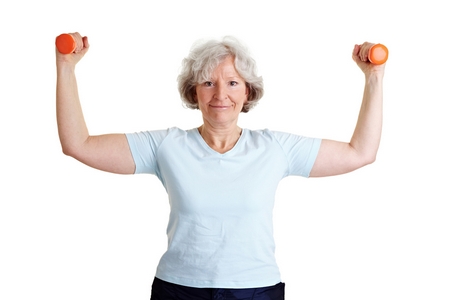Osteoporosis

What is osteoporosis?
Osteo’ means bone and ‘porosis’ means porous.
Osteoporosis is a bone disease where the structure of our bones becomes fragile and brittle due to loss of crucial minerals, such as calcium. Our bones then crush and easily break.
Osteoporosis often does not cause pain, and the first sign of the condition can be a broken bone.
Do I have Osteoporisis?
Most people want to know the answer to this very question, and no doubt that’s why you’re reading this article right now! To find out for sure, your doctor may recommend a medical test called a Bone Mineral Density test to measure how strong your bones are.
This is often referred to as a DEXA (dual energy X-ray absorptiometry) scan. The DEXA scan is currently the most accurate and recommended form of bone density measurement, with both the spine and hip measured. The procedure only takes about 20 minutes, is safe and completely painless.
Your doctor may also suggest a digital spinal X-ray to diagnose any spinal fractures.
Your doctor may also suggest a digital spinal X-ray to diagnose any spinal fractures.


Osteoporosis and Men
Osteoporosis is generally considered a women’s disease, but it also affects men. With age men lose bone mass as women do, but the rate of loss is not as rapid and their bone mass is generally adequate until much later in life. Although osteoporosis is less common in men, when fractures occur men suffer more severely in terms of quality and quantity of life.
Although men do not experience menopause they do have a decline in male hormone levels, testosterone, but this occurs slowly over their whole adult life. Over the age of 65 more than 30% of men have lower levels of male hormone. This lack of male hormone causes bone thinning as well as loss of sex drive.
The risk of a man suffering an osteoporotic fracture is greater than his likelihood of developing prostrate cancer.
Osteoporosis and Women
Women are more likely to develop osteoporosis than men. This is because women are generally smaller, have thinner bones and experience menopause.
Menopause, especially before the age of 45, is a trigger for bone loss. This is due to the dramatic decline in oestrogen production. Oestrogen is a hormone, produced by the ovaries, that has a protective effect on the bones. When oestrogen levels decrease, the bones lose calcium and other minerals at a much faster rate than they did before. Women that are experiencing menopause can lose bone mass at a rate 2-4 times faster than before menopause.


Children & Teenagers
Developing and maintaining strong bones is a lifelong commitment. The building of strong bones occurs throughout childhood with the major build up in the pre-teen years. Maximum bone density is reached by the mid to late 20s.
The higher your peak bone mass, the more likely it is that you will maintain better bone health for the rest of your life.
This is why calcium is essential for children and teenagers; calcium is essential for good bone health. Your daily requirement of calcium depends on your age and sex.
For Children
- Promote healthy diet habits
- Limit access to soft drinks
- Encourage physical exercise
- Ensure adequate calcium intake each day – 3 serves of dairy
For Teenagers
- Increase calcium intake to 4 serves per day (1200mg) to account for rapid growth
- It is critical that bone density is increased at this stage of growth as it cannot be made up later in life
- Encourage physical exercise
- In girls, under-eating and extreme exercise can cause menstruation to cease increasing the risk of osteoporosis
